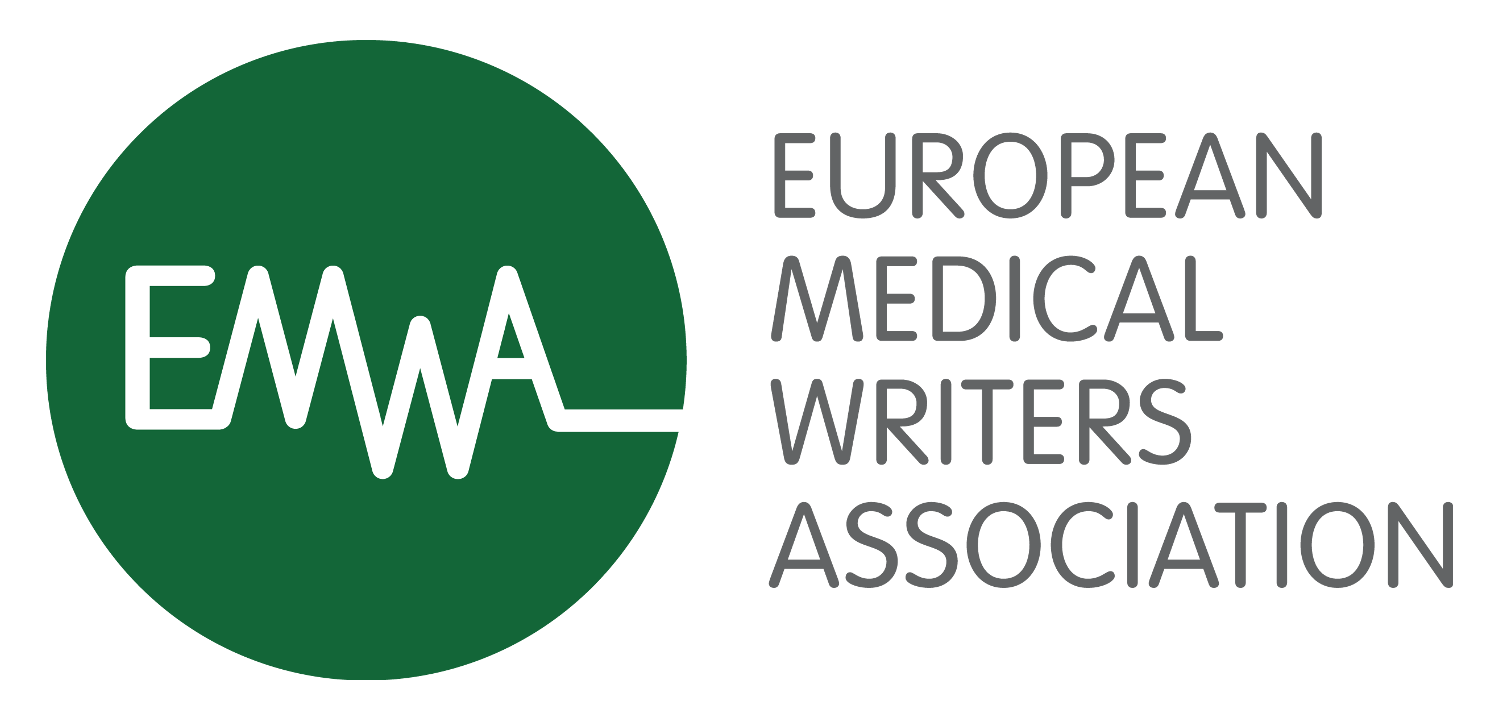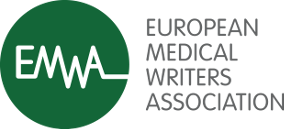Biosimilars - Not Exactly the Same but Not Different
1:35 PM - 2:25 PM
Biologics are medicinal products produced by a living organism and hence are inherently variable. Furthermore, manufacturing changes during a biologic product’s lifecycle may introduce further variations in its quality attributes. Such manufacturing change is subject to a comprehensive comparability exercise to demonstrate the pre-change and post-change products are highly similar. A biosimilar product follows the same principle and could be viewed as an extreme change in the manufacturing process i.e. new manufacturing site, new manufacturing process, and new cell bank. The purpose of a biosimilar comparability exercise is to demonstrate that the biosimilar product is analytically highly similar to the reference (originator) product and that there are no clinically meaningful differences between the two products in terms of safety, purity, and potency. The analytical (physicochemical and functional) assays form the foundation of biosimilar development and the aim of clinical data is to confirm that the analytical similarity translates into similar clinical performance. Taken together, this evidence supports the assertion of biosimilarity in its totality (the so-called ‘totality of evidence’). A biosimilar product does not need to establish a positive benefit-risk profile de novo, but the positive benefit-risk profile is inferred from the reference product with the demonstration of biosimilarity.
This presentation will give an overview of biosimilar development including regulatory scientific principles behind the concept of biosimilarity, typical clinical data requirements, biosimilar-specific phraseology, and related biosimilar-specific considerations in medical writing. For medical writers, it is important to understand the logic of the biosimilar development pathway and the role of clinical data in the demonstration of biosimilarity to write succinct and fit-for-purpose documents for a biosimilar dossier. Regulatory guidance documents, European Public Assessment Reports (EPARs) and FDA review documents are good resources for understanding the biosimilar language and focus points in a biosimilar dossier.


